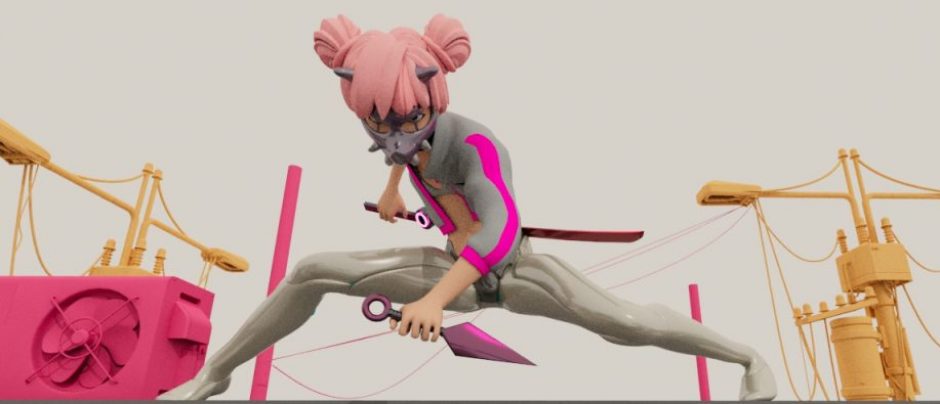This term I determine my personal project as a gameplay animation. The main reason is my enthusiasm and interest in the game industry. I have always wanted to work in this industry and become a game action designer. Therefore, I must have a deeper understanding of the pipeline of the game animation so I need more practice and academic research, most importantly, I need to have more related works to show my ability to complete my portfolio. Because the portfolio is the key to entering the industry, and doing game animation-related projects is conducive to my future career planning and development direction.
First of all, I want to start with a basic stuff like run cycle.
I did role walk and stylised walk in term1. After two terms of study, this is a very good opportunity to check my progress and review my basic knowledge.
There are many show reels of senior game animators on YouTube for me to learn.
The principle of running is the same as walking,I set the total number of frames to 24,so frame 12-15-18-21 is a mirror image of the frame 1-3-6-9. and frame 1 = frame 24.




Since the stepping movement is both up and down and left and right, so its motion trail will show a ∞ shape——which called Figure 8.


Adjust the center of gravity (hips)
It should be noted here that because she is a female, the width of her crotch(hips) is larger than that of her shoulders when she is running, which is just the opposite of a man running.

